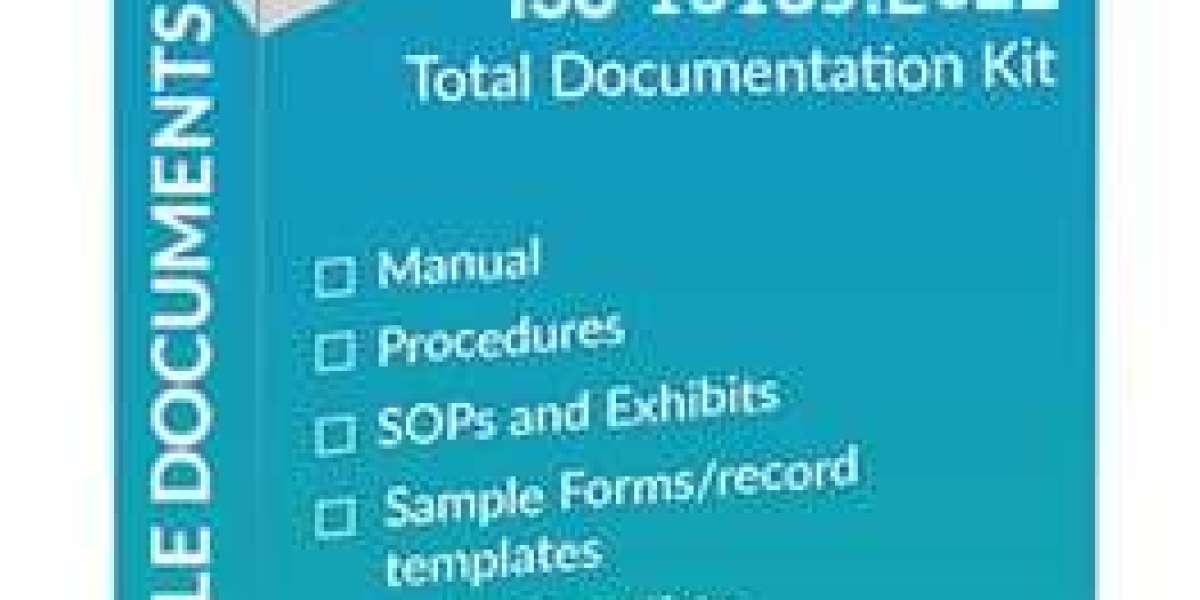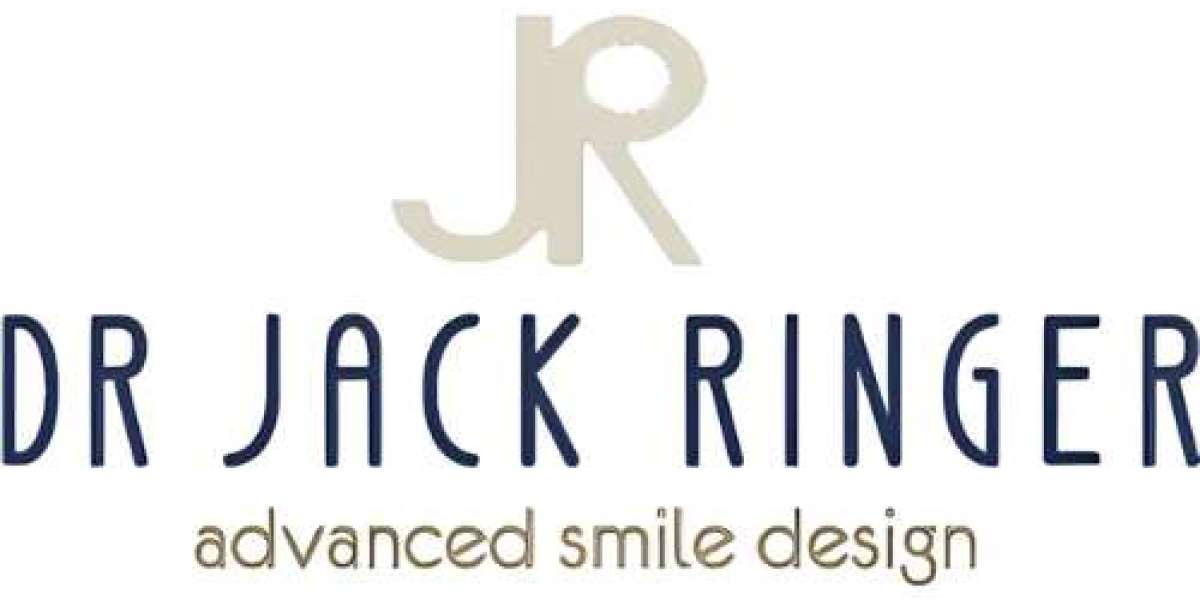An ISO 15189 Manual is the cornerstone of a medical laboratory’s quality management system. This formal document outlines how the lab meets ISO 15189:2022 requirements, ensuring competence and patient safety. A well-organized manual guides staff through policies and procedures and demonstrates compliance during audits. Key sections of the manual should mirror the structure of ISO 15189:2022 and focus on the laboratory’s context.
Scope
The manual should begin by defining its scope clearly. This section explains the laboratory activities, locations, and processes covered by the quality management system. It specifies which tests, services, and research are included and notes any exclusions or limitations (for example, external referrals). Aligning this section with ISO 15189:2022 ensures clarity on the laboratory’s responsibilities and compliance boundaries.
Quality Policy
A documented quality policy articulates the lab’s commitment to quality and patient safety. Approved by top management, it typically emphasizes accurate results, continuous improvement, and compliance with ISO 15189:2022. The policy guides the setting of measurable quality objectives and is communicated to all staff. It highlights core values like integrity, confidentiality, and patient focus, ensuring everyone understands the lab’s mission.
Document Control
Effective document and record control is essential in an ISO 15189 Manual. This section outlines procedures for creating, approving, distributing, and revising all quality ISO 15189 documents (e.g. the manual, SOPs, forms, and records). Control measures may include:
- Assign unique identifiers and version numbers.
- Require formal approval of new or revised documents.
- Maintain a master list of current documents.
- Control distribution so only current versions are used.
- Archive or dispose of obsolete documents.
Proper control ensures staff use current procedures and that test, calibration, and quality records are maintained correctly.
Management Responsibilities
This section describes the roles and duties of laboratory management. It identifies the laboratory director or manager and quality officer, outlining their authority and accountability. Key responsibilities typically include:
- Defining an organizational structure and assigning responsibilities.
- Providing necessary resources (staff, equipment, facilities).
- Establishing and reviewing quality objectives.
- Ensuring impartiality, confidentiality, and ethical practice.
- Communicating quality goals to staff.
- Conducting regular management reviews.
- Ensuring all personnel are trained and competent.
Management demonstrates commitment through leadership and delegation. This section also explains how competence is maintained and who has authority for quality decisions.
Risk Management
ISO 15189:2022 emphasizes risk-based thinking, so this section describes how the lab identifies and mitigates risks to patient safety and test reliability. Processes should be documented for:
- Analyzing potential risks in pre-analytical, analytical, and post-analytical phases.
- Implementing controls to reduce these risks (e.g., backup equipment or double-checks).
- Monitoring risk indicators and adverse events.
- Documenting risk assessments and corrective actions.
Integrating risk management into daily activities helps prevent errors and proactively address potential hazards.
Continual Improvement
In a compliant quality system, continual improvement is fundamental. This section outlines how the lab identifies and acts on opportunities for enhancement. It includes processes such as:
- Performing internal audits and reviewing proficiency testing results.
- Handling nonconformities and implementing corrective actions.
- Monitoring quality indicators (e.g., turnaround times, error rates) to spot trends.
- Conducting management reviews to evaluate the system’s effectiveness.
- Gathering and acting on customer and patient feedback.
Documenting these processes shows that the laboratory not only fixes problems but also continually enhances quality and efficiency.
Technical Procedures
Technical procedures address all lab processes from sample collection to result reporting. The manual should reference or include detailed procedures for:
- Pre-examination: patient preparation, sample collection, labeling, and transport.
- Examination: validated test methods, instrument calibration and maintenance, reagent handling, and quality control.
- Post-examination: result validation, reporting, and record-keeping.
- Equipment management: instrument selection, calibration, maintenance, and traceability.
- External services: handling referrals to other labs or vendors.
These technical details ensure each test is performed correctly and consistently, aligning with ISO 15189 requirements.
Conclusion
Each section should be clearly written and logically organized, so the manual serves as a coherent guide to the laboratory’s entire quality system. By covering the scope, quality policy, document control, management responsibilities, risk management, continual improvement, and technical procedures, the manual fully aligns with ISO 15189:2022 and provides an authoritative reference for laboratory quality and compliance.



